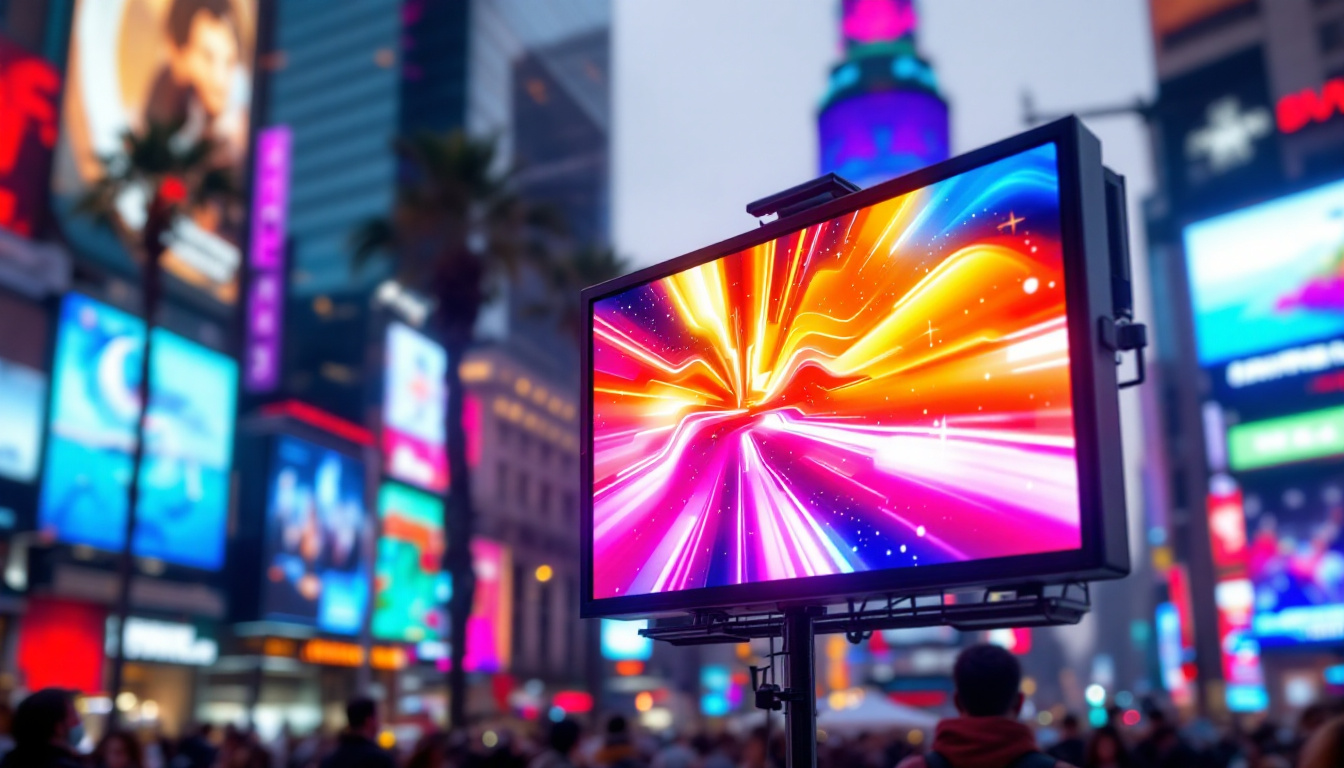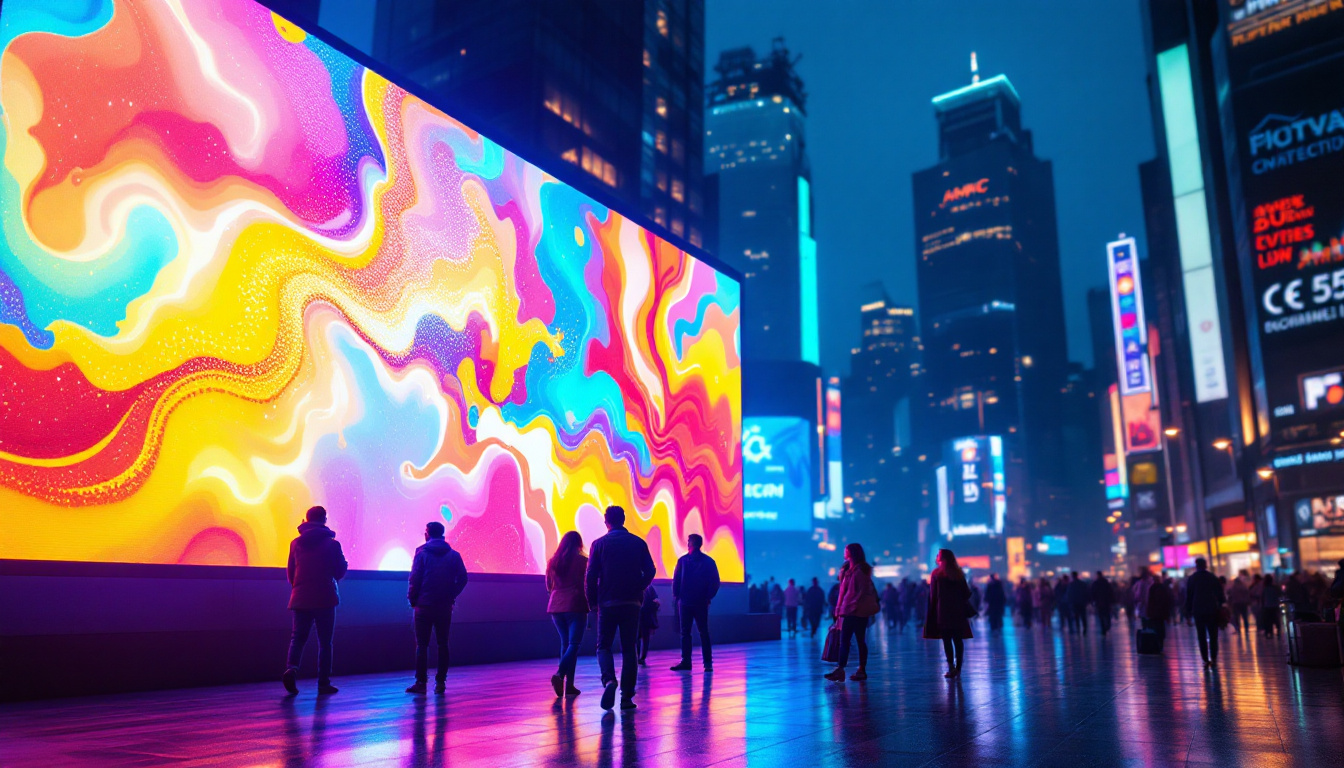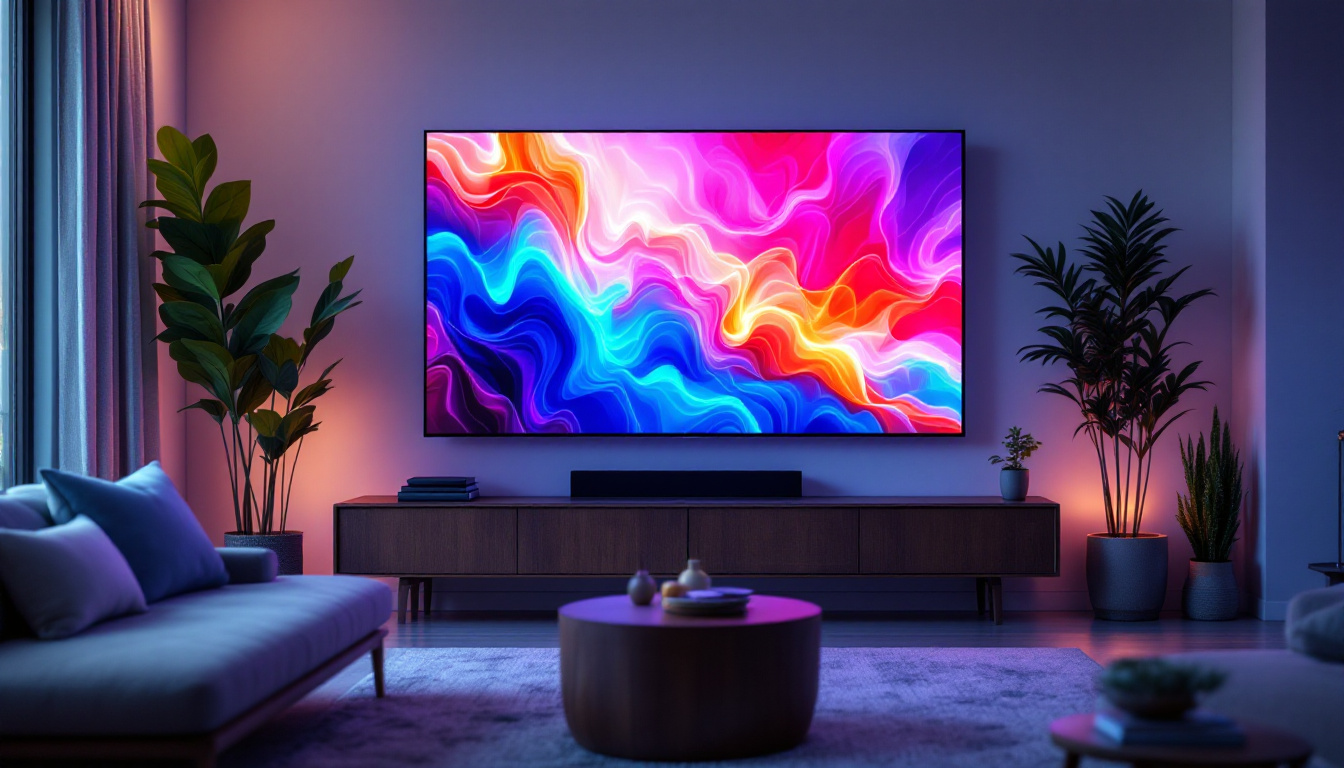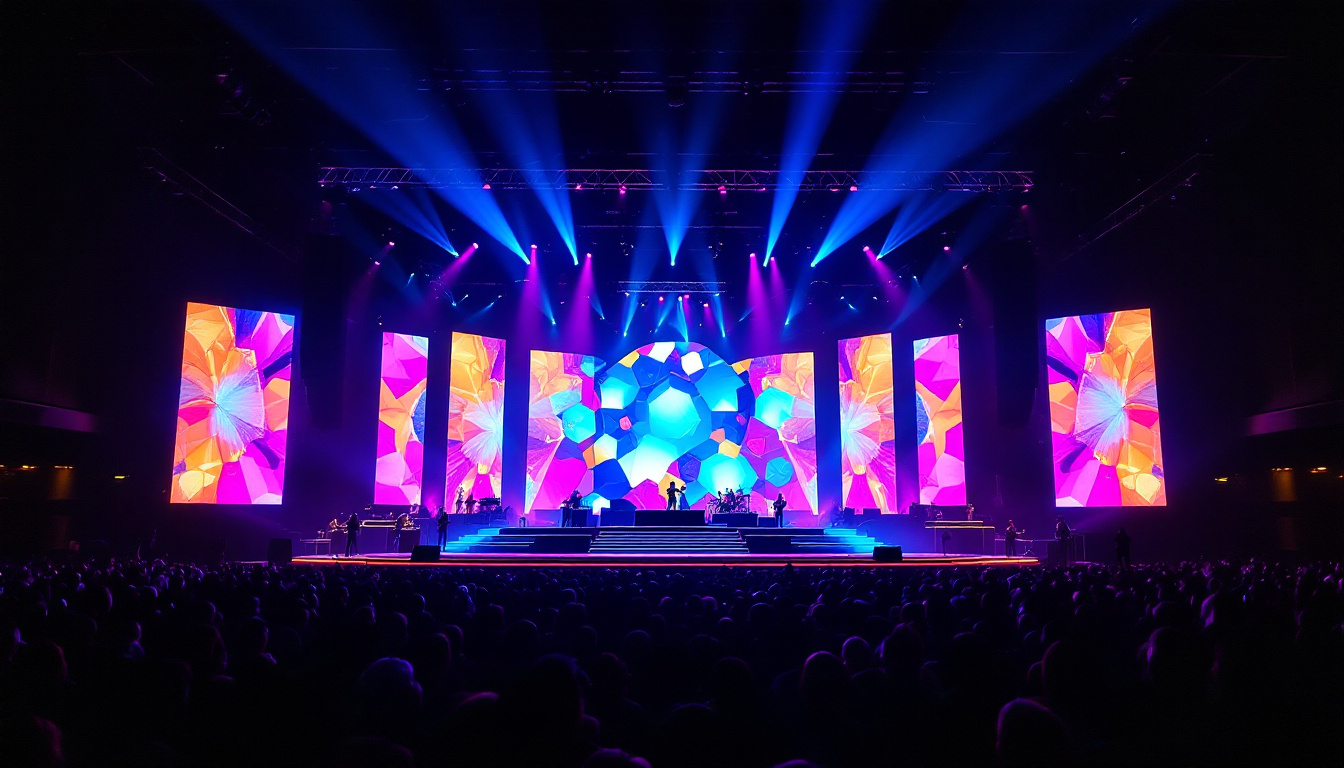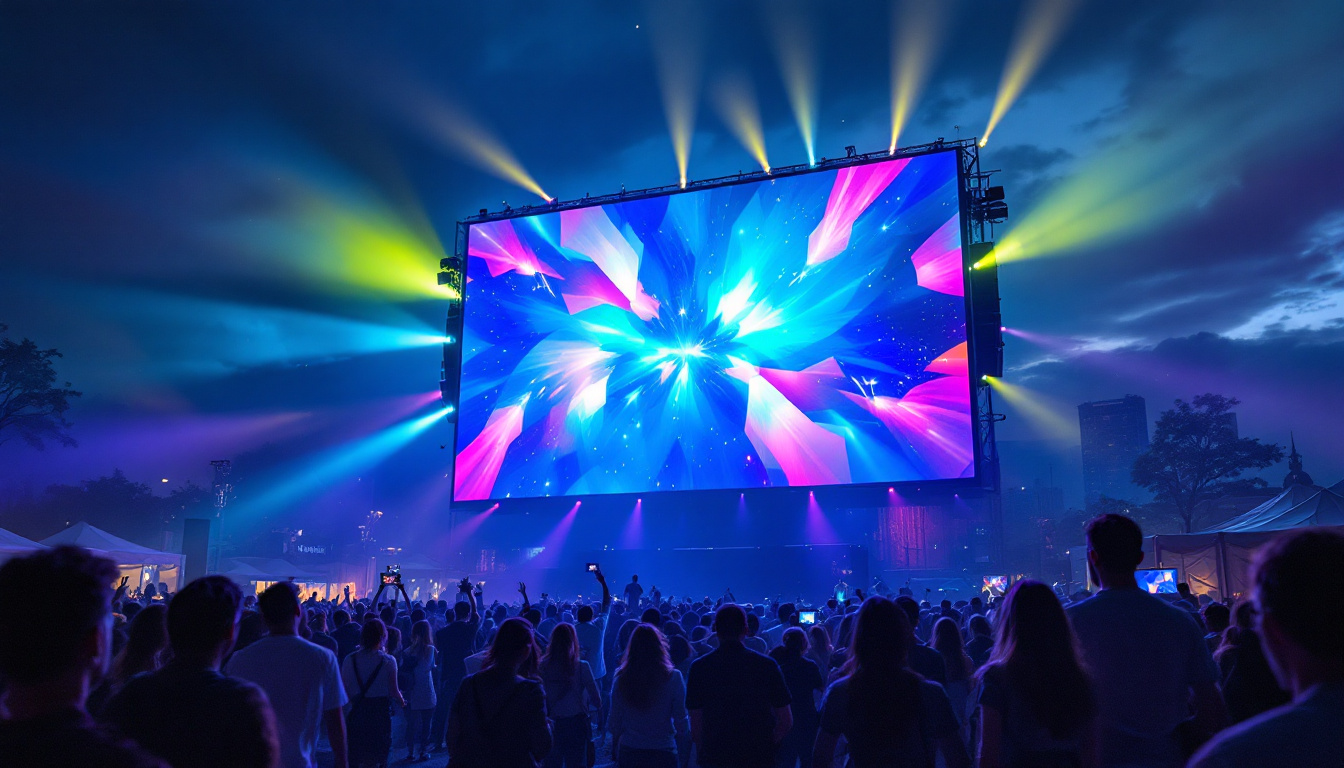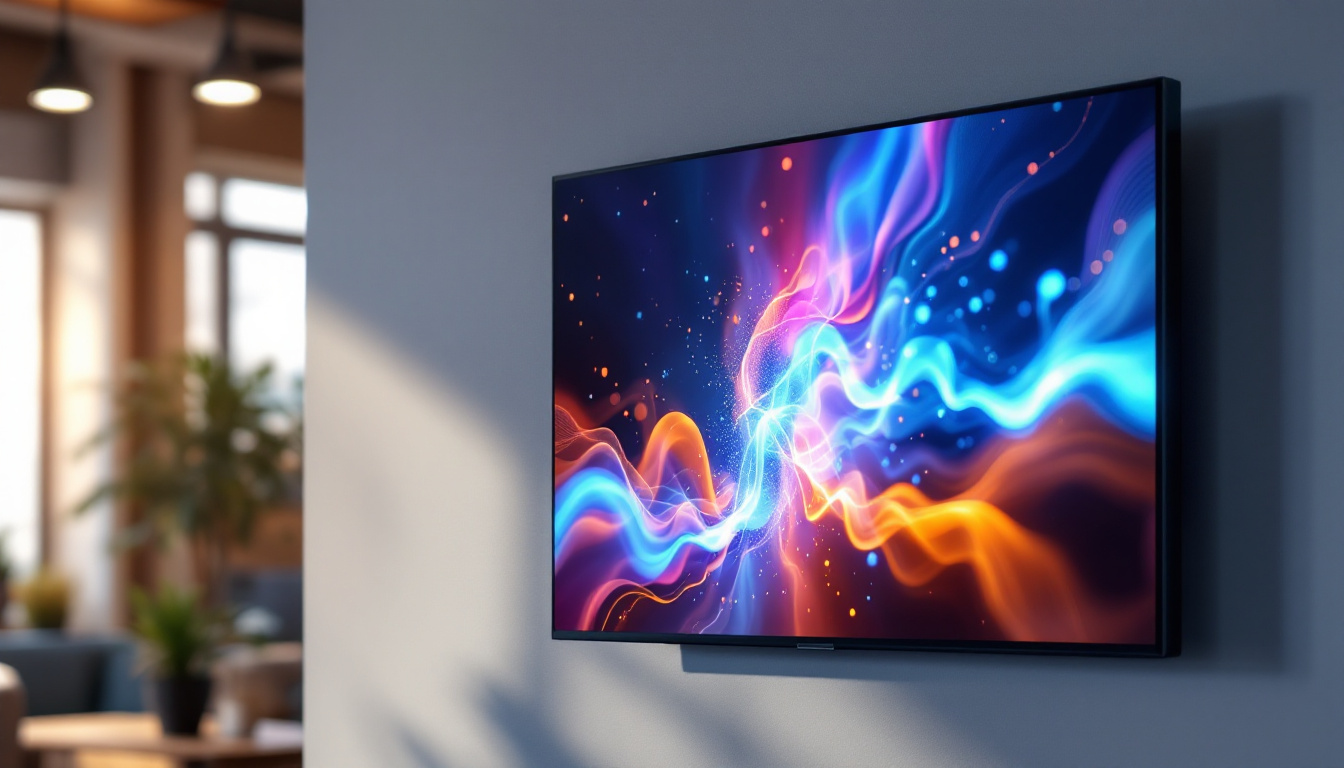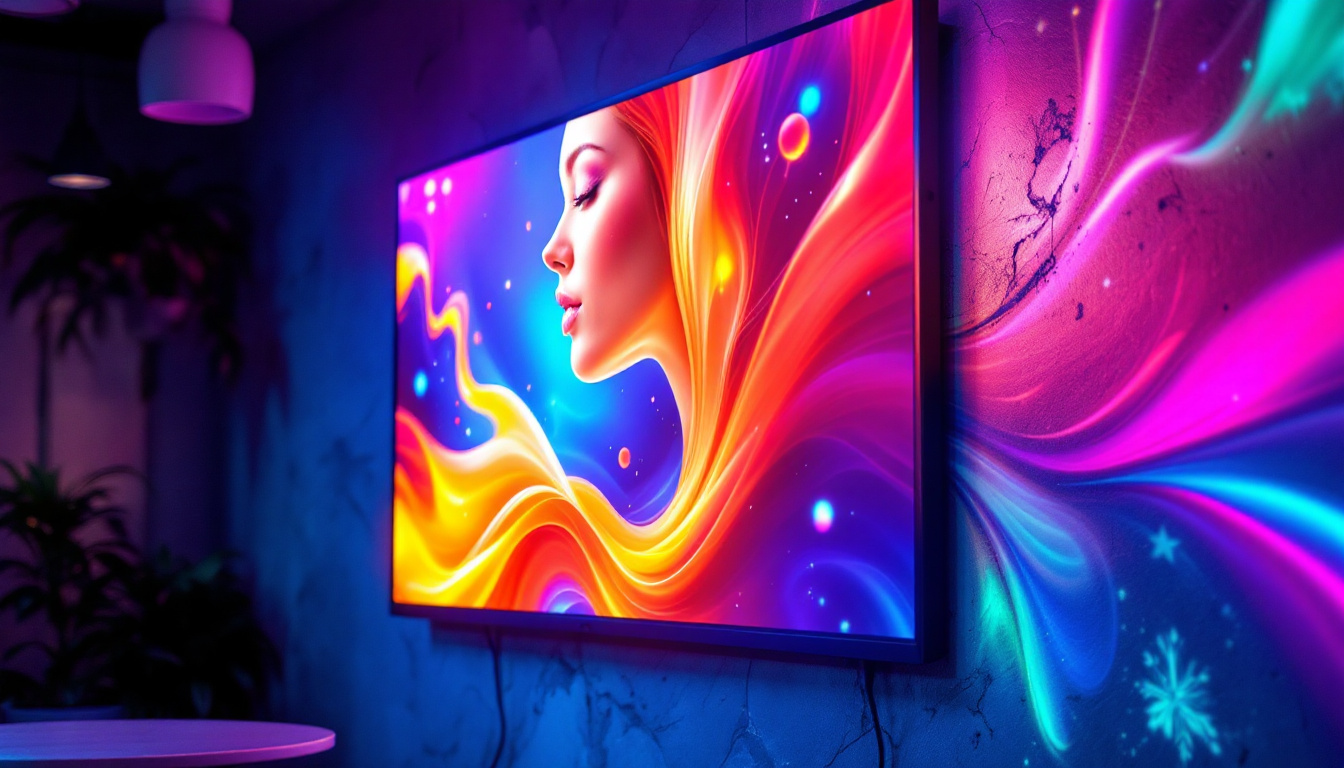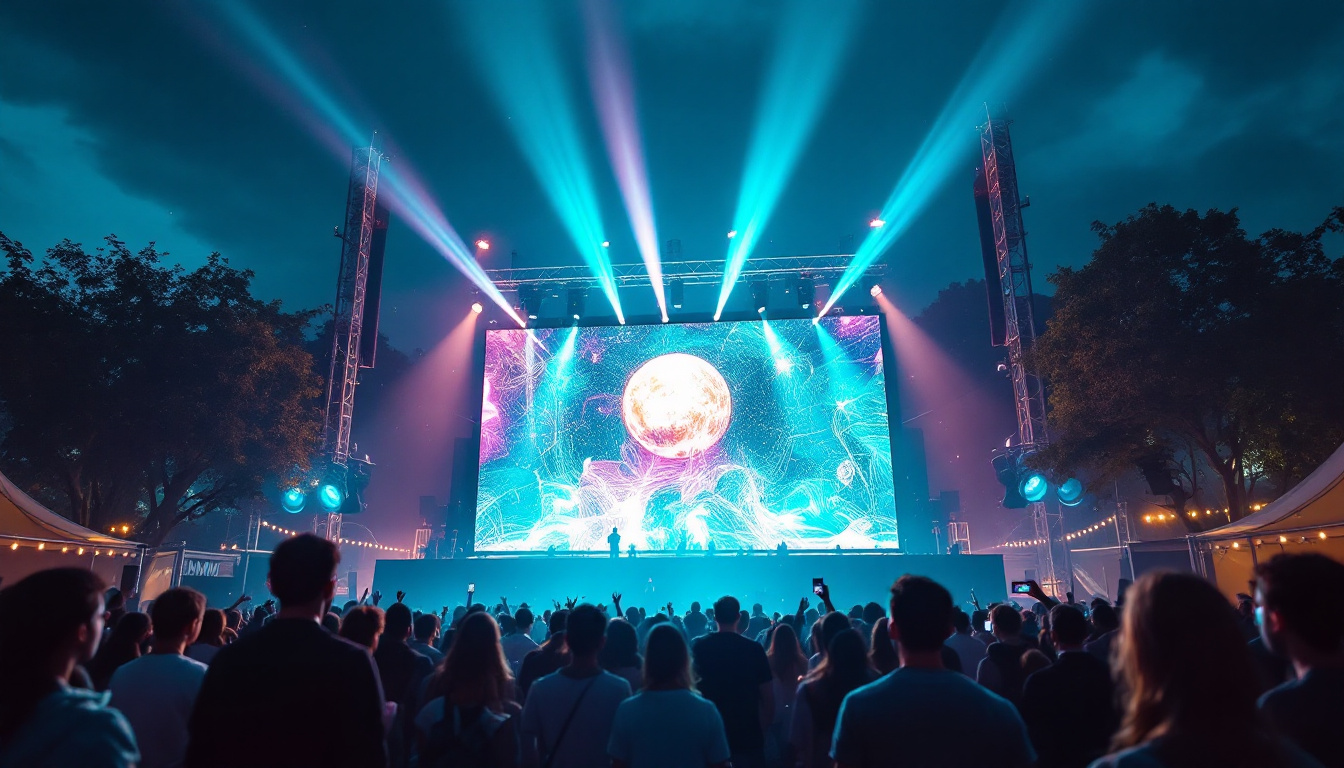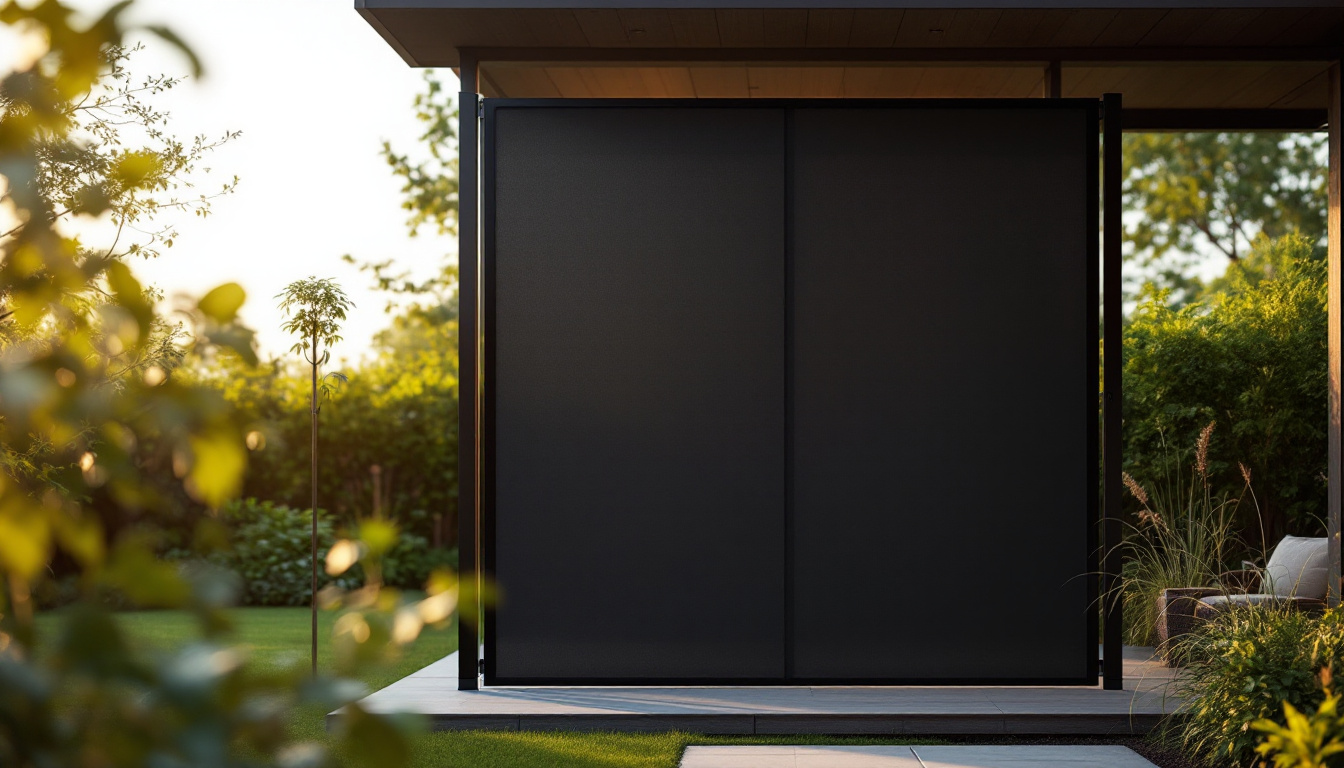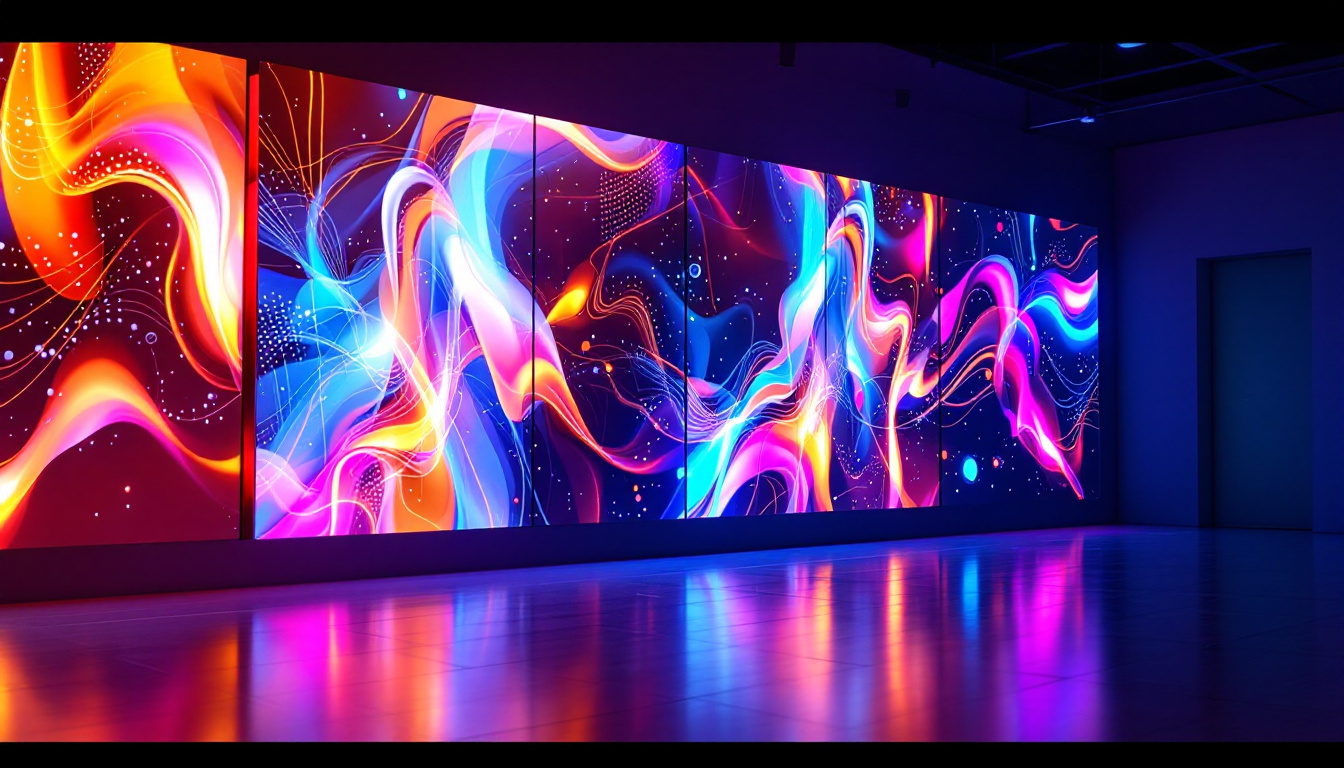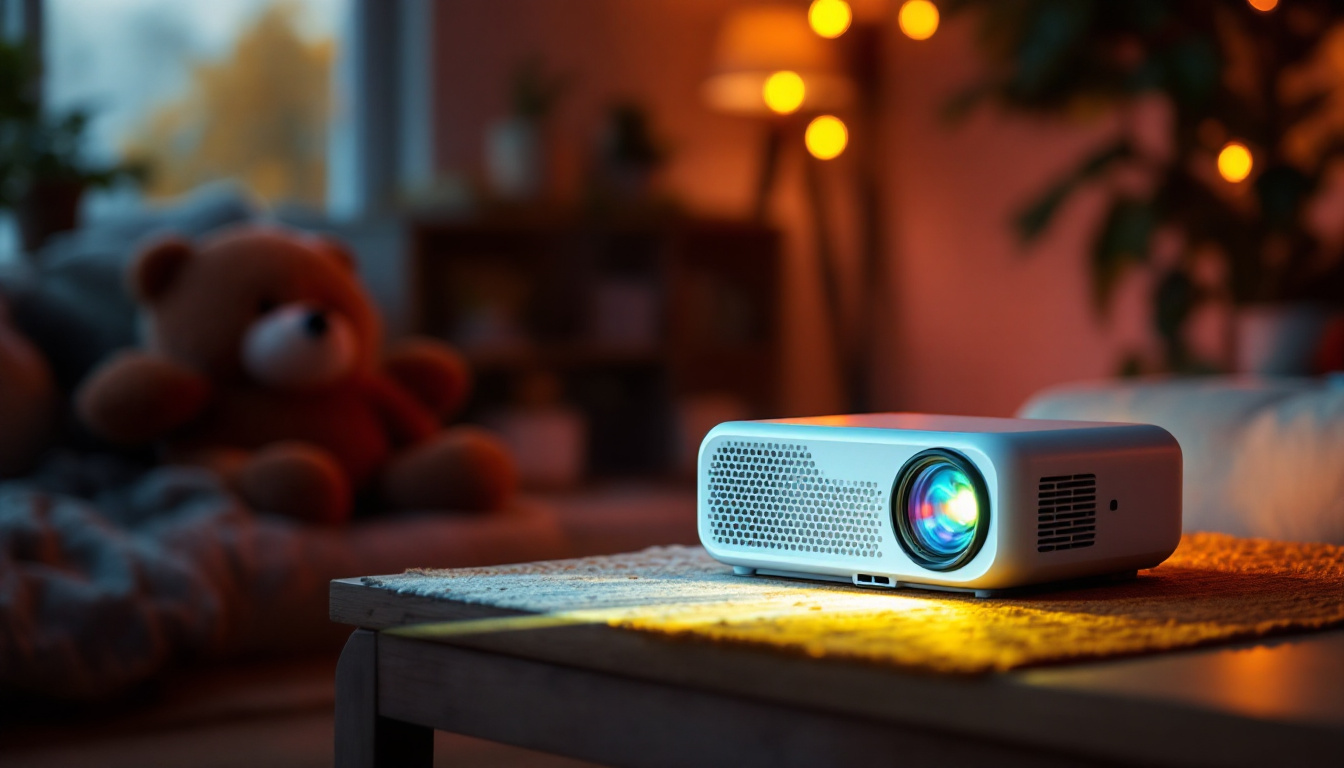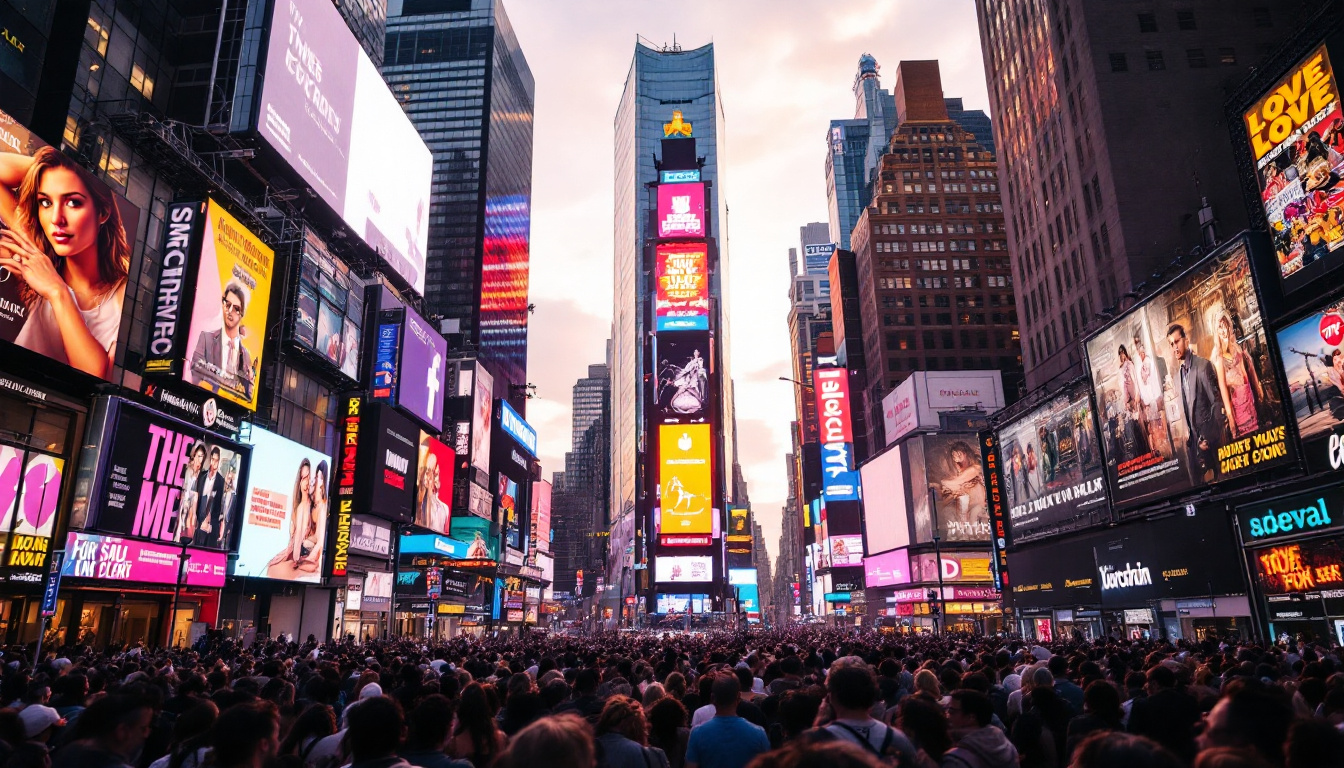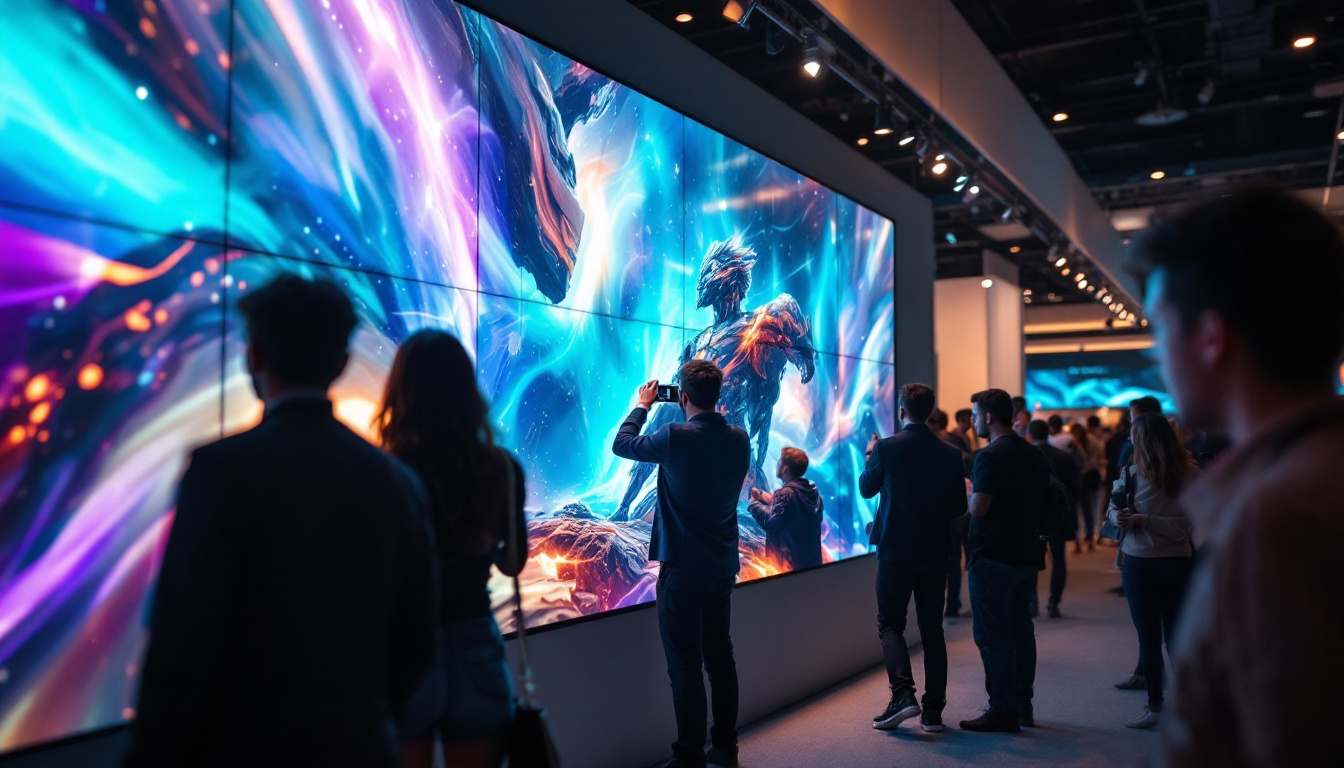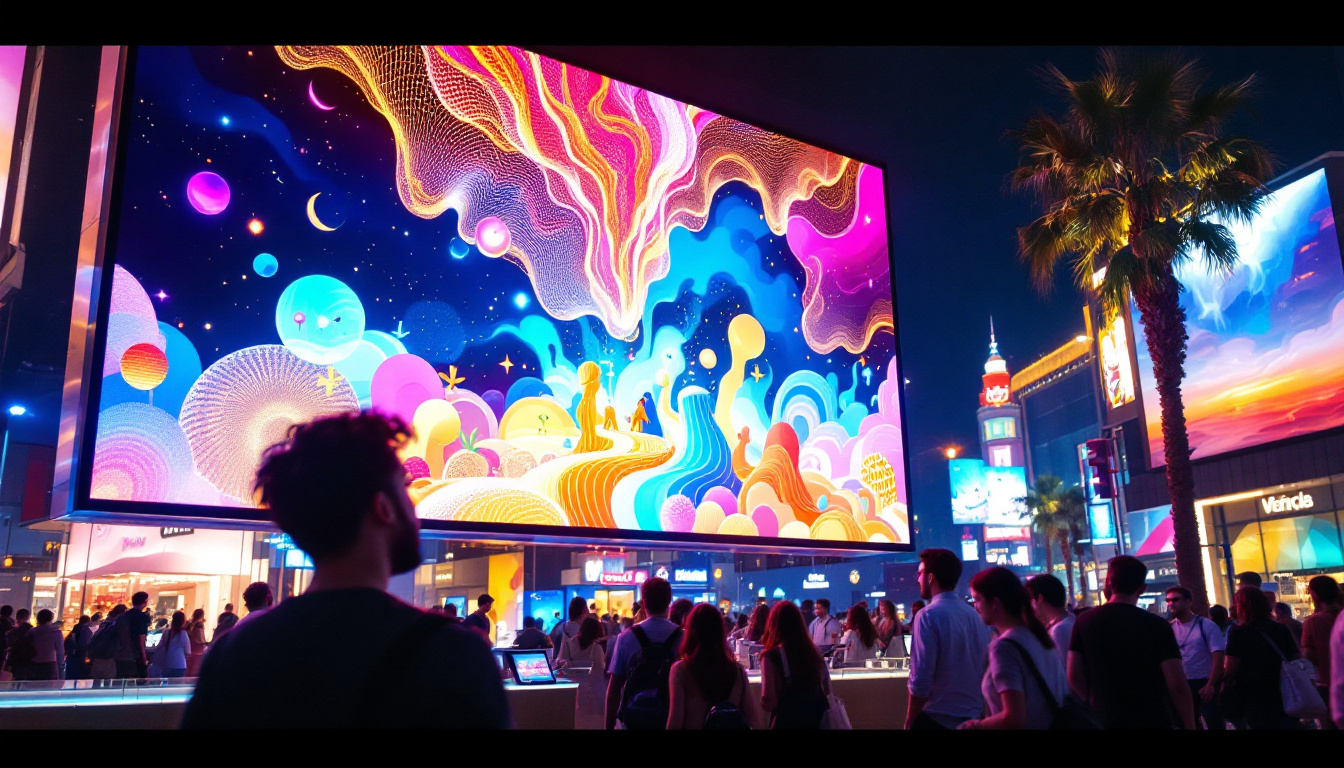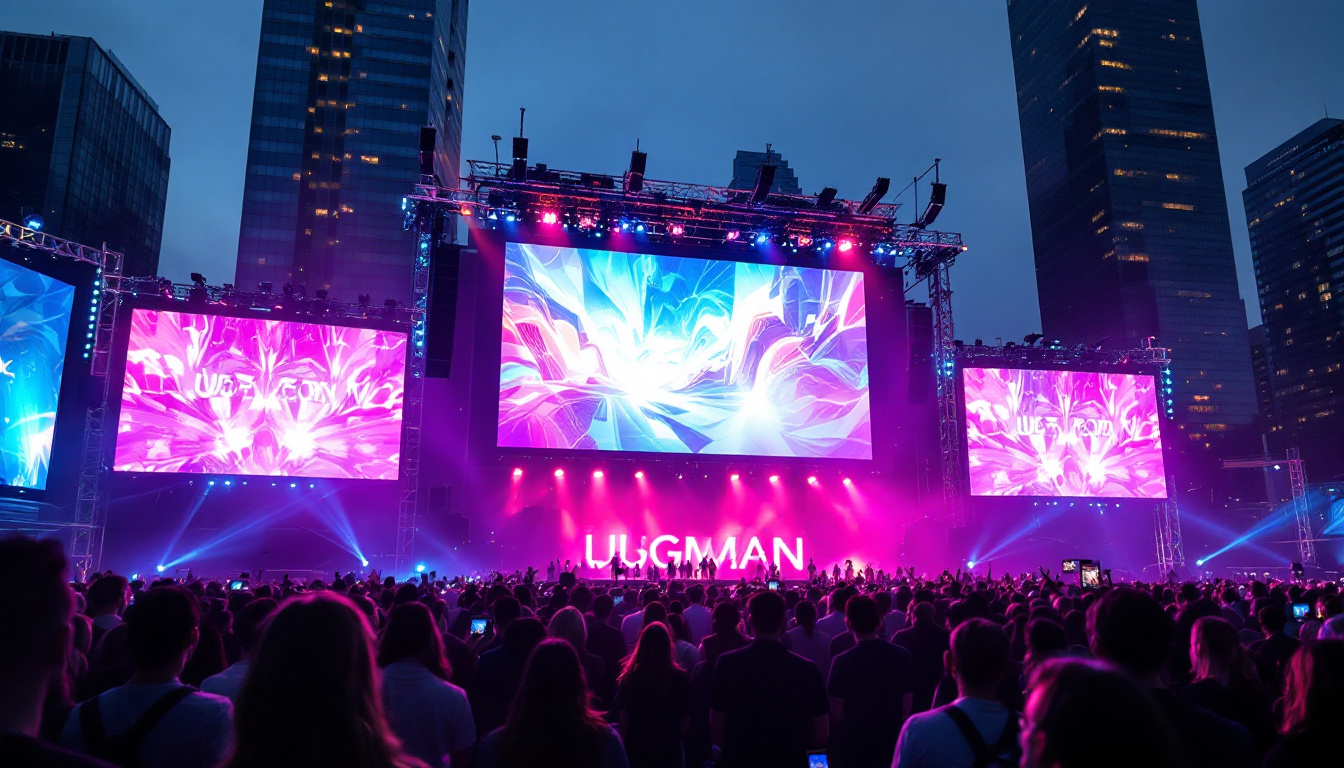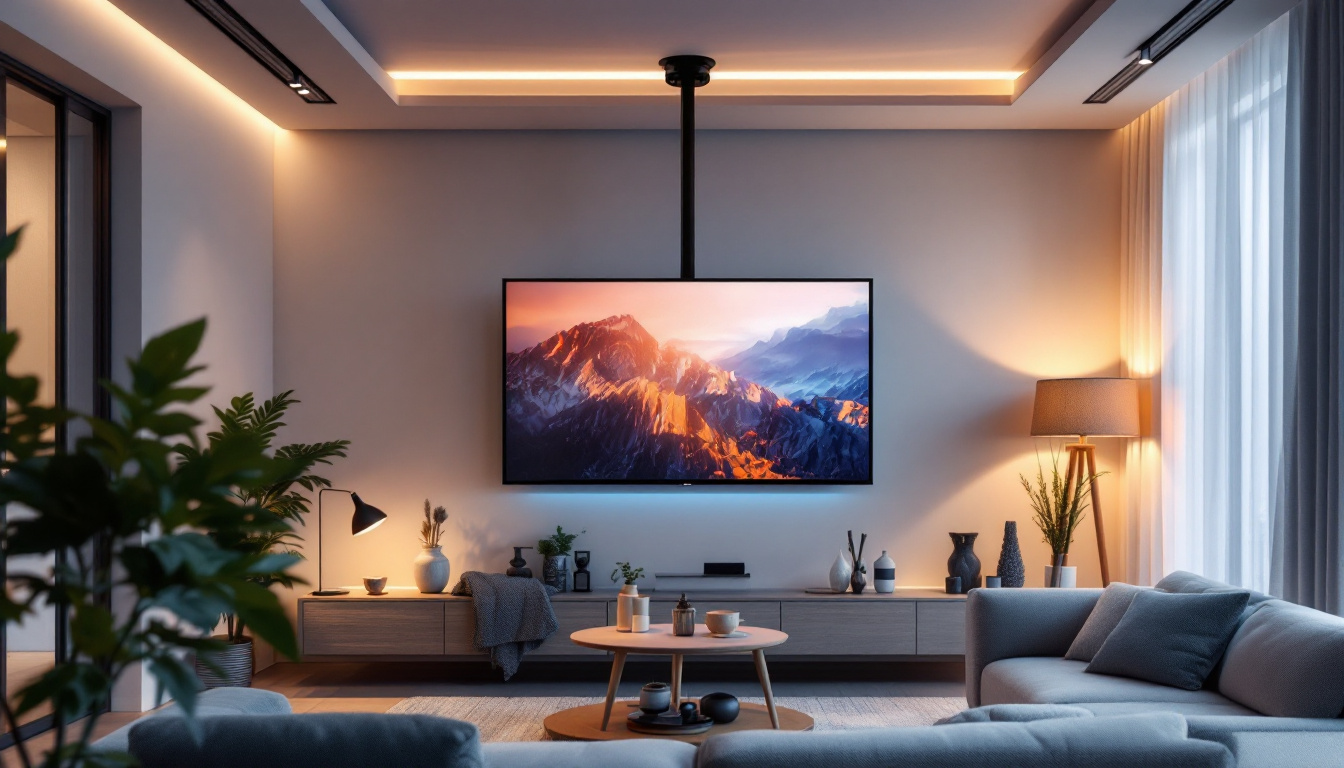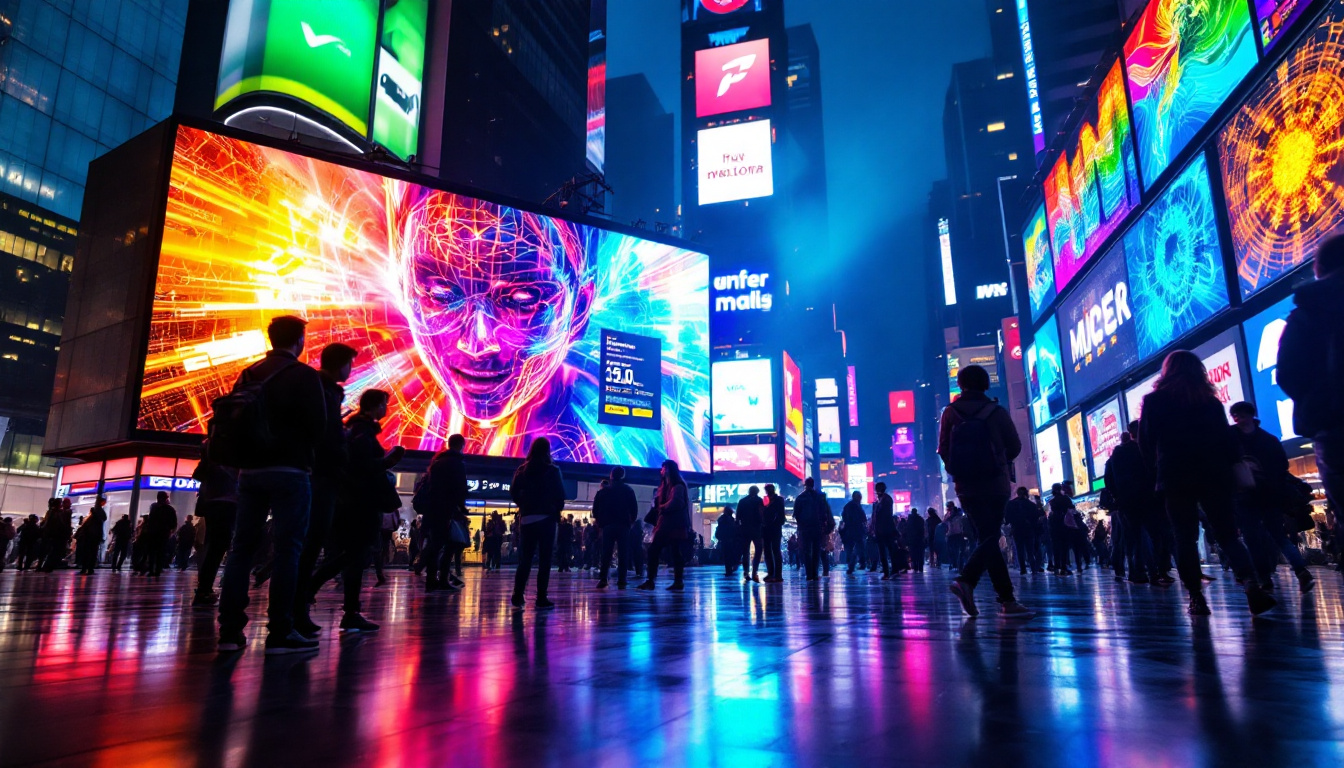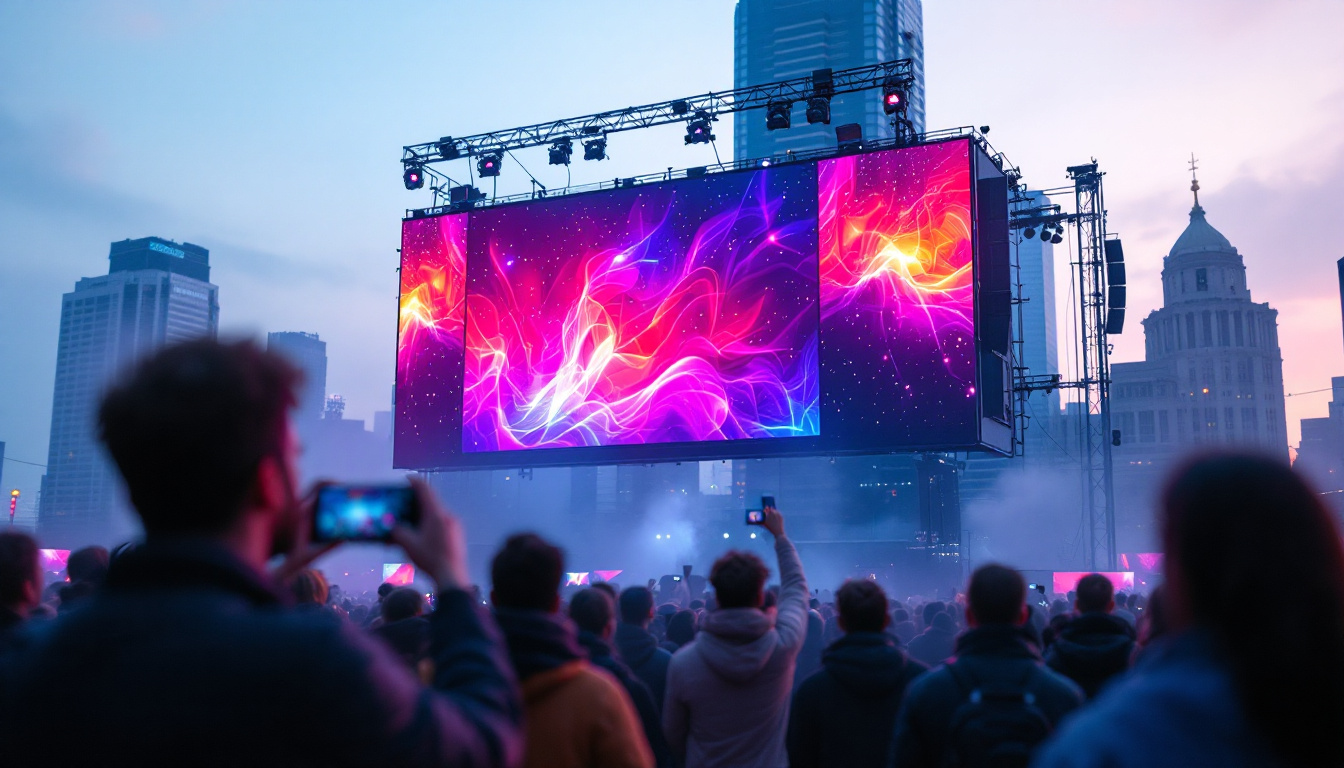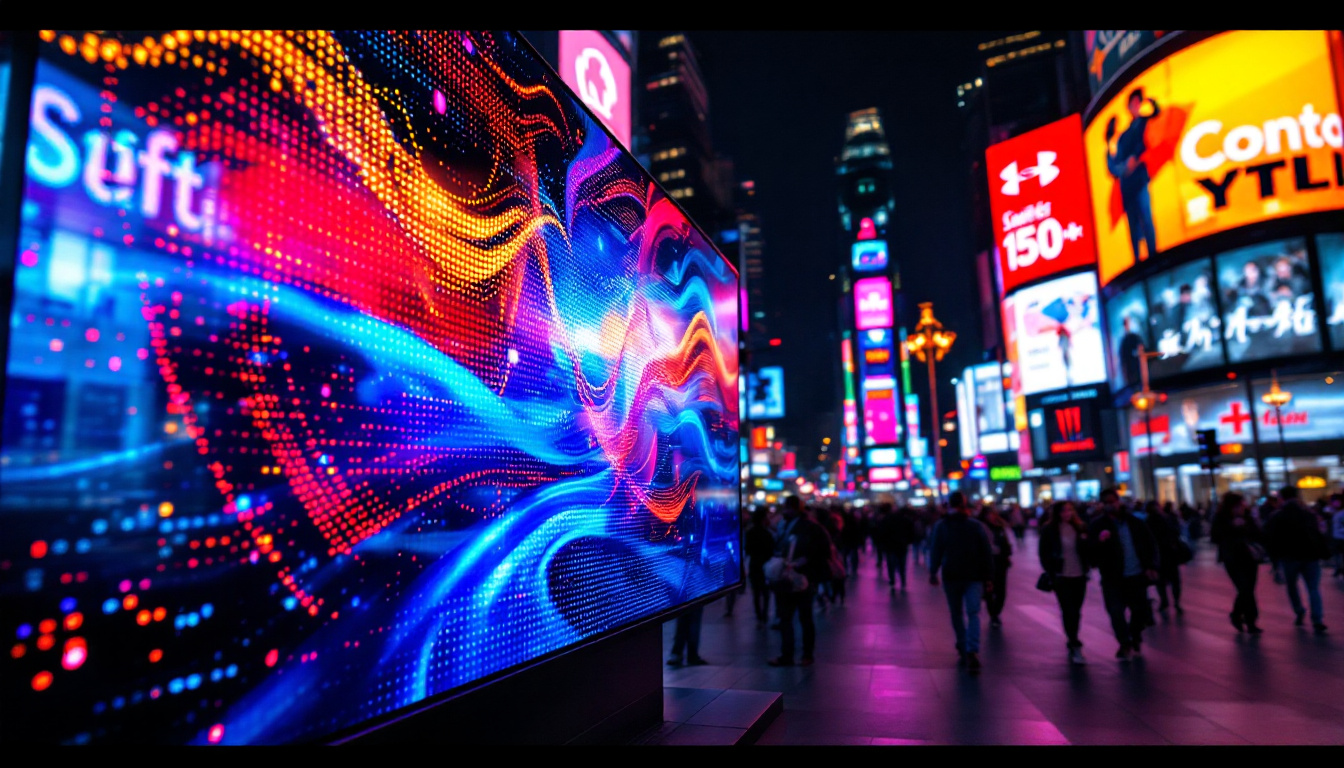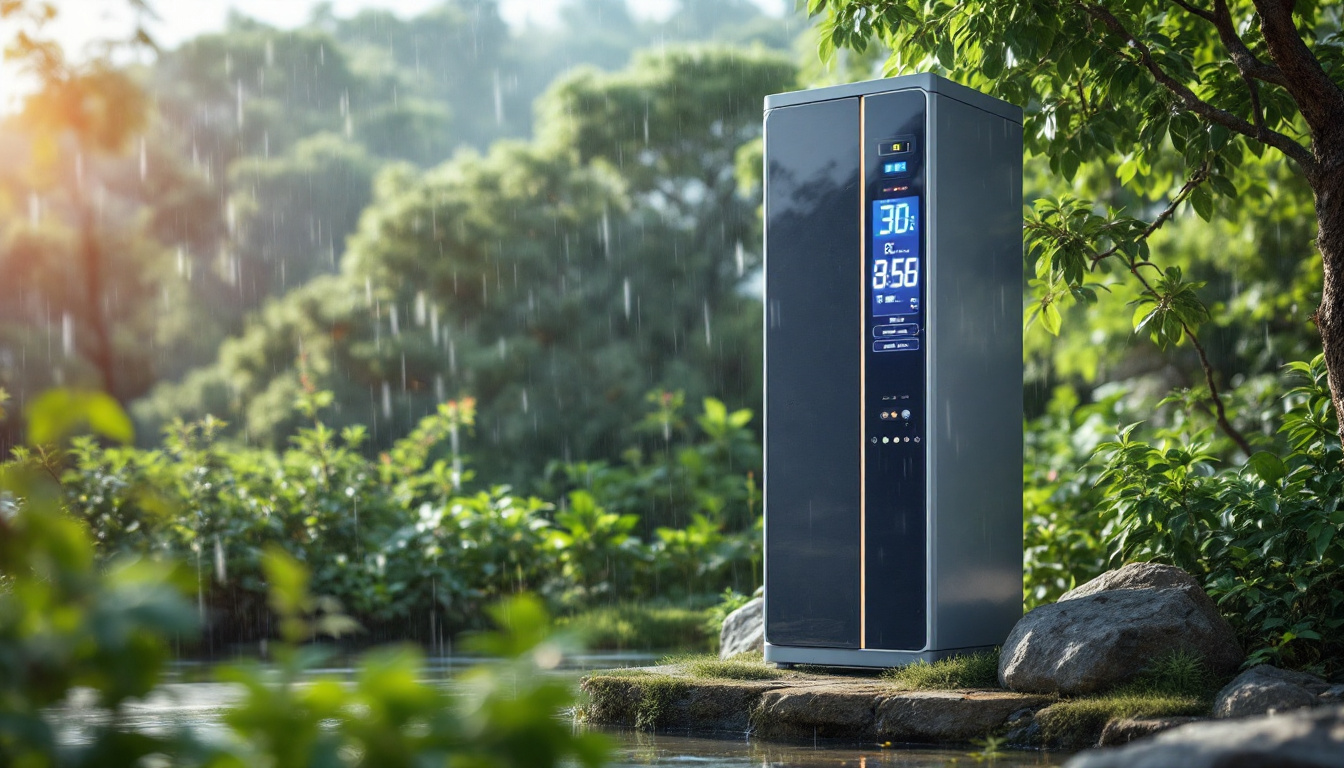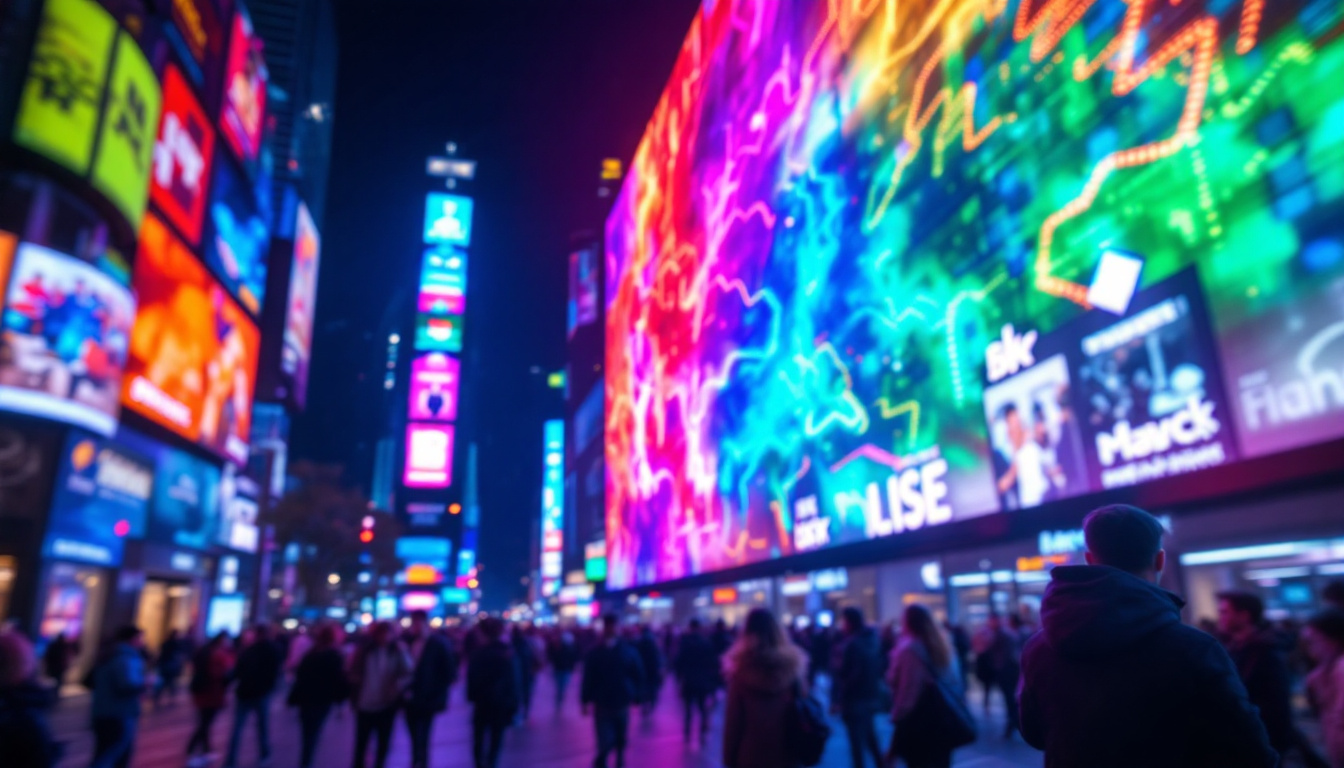In the world of event production, advertising, and entertainment, LED displays have revolutionized the way information is conveyed. Among the various setups, the LED truss system stands out for its versatility and effectiveness. This article delves into the intricacies of LED truss systems, exploring their components, benefits, and applications.
Understanding LED Truss Systems
LED truss systems are structures that support LED screens, allowing for dynamic displays in various environments. They are typically made from lightweight yet durable materials, enabling easy transportation and assembly. The truss framework provides a stable base for mounting LED panels, ensuring that the display remains secure and visually appealing. These systems are increasingly popular in the entertainment industry, as they allow for creative staging and immersive experiences that captivate audiences.
Components of an LED Truss
An LED truss system consists of several key components that work together to create a seamless display. These include the truss itself, LED panels, mounting hardware, and control systems. Each element plays a crucial role in the overall functionality and performance of the display. The versatility of these components allows for customization based on the specific needs of an event, whether it be a concert, a corporate presentation, or a festival.
The truss is usually constructed from aluminum or steel, providing strength without excessive weight. LED panels, which come in various sizes and resolutions, are attached to the truss using specialized mounting hardware. This hardware ensures that the panels remain securely in place, even in high-traffic environments or during outdoor events. Additionally, the control systems integrated into these setups enable operators to manage the content displayed, adjusting brightness, color, and transitions to create a visually stunning experience. This level of control is particularly important in environments where lighting conditions can change rapidly, such as during live performances.
Types of LED Displays
LED displays can be categorized into different types based on their application and technology. The most common types include:
- Indoor LED Displays: These displays are designed for use in controlled environments, such as concert venues, trade shows, and corporate events. They typically feature high resolution for clear images and videos, making them ideal for showcasing detailed graphics and presentations.
- Outdoor LED Displays: Built to withstand the elements, outdoor displays are often larger and brighter than their indoor counterparts. They are used for billboards, stadiums, and public events, where visibility from a distance is crucial. These displays often incorporate weather-resistant features and enhanced brightness levels to ensure clarity in direct sunlight.
- Transparent LED Displays: This innovative technology allows for the creation of displays that are see-through, making them ideal for retail environments where visibility is essential. Transparent LED displays can be used to showcase products while still allowing customers to see through to the store’s interior, creating a unique shopping experience.
In addition to these types, there are also flexible LED displays that can be shaped to fit various surfaces, allowing for creative installations that were previously impossible. These displays are gaining traction in art installations and architectural designs, where traditional flat screens may not suffice. The adaptability of LED technology continues to push the boundaries of visual communication, making it an exciting field for both creators and audiences alike.
The Advantages of LED Truss Systems
LED truss systems offer numerous advantages that make them a popular choice for various applications. From flexibility in design to high-quality visuals, these systems cater to the needs of event planners and marketers alike.
Flexibility and Customization
One of the primary benefits of LED truss systems is their flexibility. The modular nature of truss structures allows for customization in size and shape, accommodating different venue requirements. Whether it’s a small corporate gathering or a large outdoor festival, LED truss systems can be tailored to fit the space perfectly.
Additionally, the ability to configure the LED panels in various arrangements—such as curved or stacked—enables creative display solutions that can captivate audiences. This level of customization is invaluable for brands looking to make a lasting impression.
High-Quality Visuals
LED technology is renowned for its brightness and clarity. LED displays can produce vibrant colors and sharp images, even in well-lit environments. This quality is particularly important for outdoor events where sunlight can wash out traditional displays.
Moreover, advancements in LED technology have led to improved pixel density, resulting in higher resolutions. This enhancement allows for detailed graphics and videos, making LED displays a preferred choice for advertising and entertainment.
Energy Efficiency
In an era where sustainability is paramount, LED truss systems shine in terms of energy efficiency. LED technology consumes significantly less power compared to traditional display technologies, such as LCD or projection systems. This reduced energy consumption not only lowers operational costs but also minimizes the environmental impact.
Furthermore, the longevity of LED panels means less frequent replacements, contributing to a more sustainable approach to event production and advertising.
Applications of LED Truss Systems
The versatility of LED truss systems allows them to be used in a wide array of applications. From corporate events to large-scale concerts, these systems are adaptable to meet various needs.
Live Events and Concerts
In the entertainment industry, LED truss systems are a staple for live events and concerts. They provide a dynamic visual backdrop that enhances the overall experience for attendees. The ability to create stunning visual effects, such as synchronized light shows and video displays, adds an extra layer of excitement to performances.
Moreover, the portability of LED truss systems makes them ideal for touring productions. They can be easily assembled and disassembled, allowing for quick setup and breakdown at different venues.
Corporate Events and Trade Shows
For corporate events, LED truss systems serve as a powerful marketing tool. Businesses can showcase their brand through eye-catching displays that capture the attention of potential clients and partners. Whether it’s a product launch or a trade show booth, LED truss systems offer a modern and professional appearance.
Additionally, the ability to change content on LED displays in real-time allows companies to adapt their messaging based on audience engagement, making their presentations more effective.
Advertising and Public Displays
Outdoor LED displays mounted on truss systems are increasingly used for advertising purposes. Billboards, event promotions, and public announcements benefit from the high visibility and impact of LED technology.
These displays can be programmed to show dynamic content, such as videos and animations, which are more engaging than static advertisements. This interactivity can significantly enhance brand visibility and recall.
Choosing the Right LED Truss System
Selecting the appropriate LED truss system involves several considerations to ensure it meets specific needs and requirements. Understanding these factors can lead to more effective decision-making.
Assessing Venue Requirements
The first step in choosing an LED truss system is assessing the venue where it will be used. Factors such as size, layout, and lighting conditions play a crucial role in determining the type and configuration of the system.
For instance, an outdoor venue may require a more robust truss system to withstand wind and weather conditions, while an indoor venue may prioritize resolution and pixel density for a more immersive experience.
Budget Considerations
Budget constraints are a common consideration when selecting an LED truss system. The cost of the system can vary significantly based on factors such as size, technology, and rental versus purchase options.
It is essential to weigh the benefits of investing in a high-quality system against the available budget. Sometimes, opting for a rental can be a cost-effective solution for short-term events.
Technical Support and Maintenance
When investing in an LED truss system, it is vital to consider the level of technical support and maintenance offered by the supplier. Reliable support can ensure that any issues are promptly resolved, minimizing downtime during events.
Additionally, understanding the maintenance requirements of the system can help in planning for long-term use. Regular checks and servicing can prolong the lifespan of the equipment and maintain its performance.
Future Trends in LED Truss Technology
The LED display industry is continuously evolving, with new technologies and trends emerging regularly. Staying informed about these developments can help businesses and event planners remain competitive.
Advancements in LED Technology
Recent advancements in LED technology have led to improvements in brightness, color accuracy, and energy efficiency. Innovations such as MicroLED and MiniLED are paving the way for even higher resolutions and better performance in various lighting conditions.
These advancements are likely to lead to more compact and lightweight truss systems, making them easier to transport and set up while maintaining high-quality visuals.
Integration with Smart Technologies
As smart technology becomes more prevalent, the integration of LED truss systems with IoT (Internet of Things) devices is on the rise. This integration allows for remote monitoring and control of displays, enhancing operational efficiency.
Moreover, the ability to collect data on audience engagement and preferences can help brands tailor their messaging and improve overall effectiveness.
Increased Use of Augmented Reality (AR)
Augmented reality is making its mark in the event industry, and LED truss systems are no exception. The combination of AR with LED displays can create immersive experiences that captivate audiences in unprecedented ways.
As AR technology continues to evolve, its integration with LED displays will likely become more common, offering exciting opportunities for creative expression and audience interaction.
Conclusion
LED truss systems have become an essential component of modern event production and advertising. Their flexibility, high-quality visuals, and energy efficiency make them a preferred choice for a variety of applications. As technology continues to advance, the capabilities of LED truss systems will only expand, offering even more innovative solutions for engaging audiences.
Whether for live events, corporate gatherings, or advertising, understanding the intricacies of LED truss systems can empower businesses and event planners to make informed decisions that enhance their visual communication strategies.
Discover LumenMatrix’s Innovative LED Solutions
Ready to elevate your event production or advertising campaign with the latest in LED technology? Explore LumenMatrix’s comprehensive range of LED display solutions, from vibrant Indoor and Outdoor LED Wall Displays to dynamic Vehicle and Sports LED Displays. Our cutting-edge offerings, including the sleek LED Poster and Floor Displays, customizable LED solutions, and the seamless All-in-One and Transparent LED Displays, are designed to captivate your audience and amplify your message. Experience the revolution in visual communication with LumenMatrix. Check out LumenMatrix LED Display Solutions today and transform your visual storytelling.



